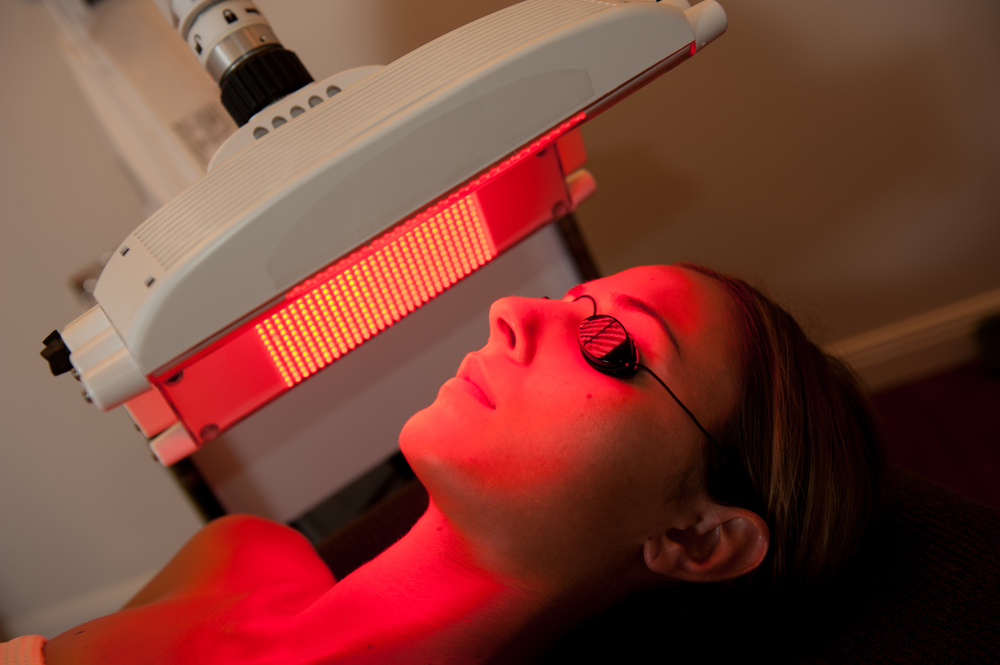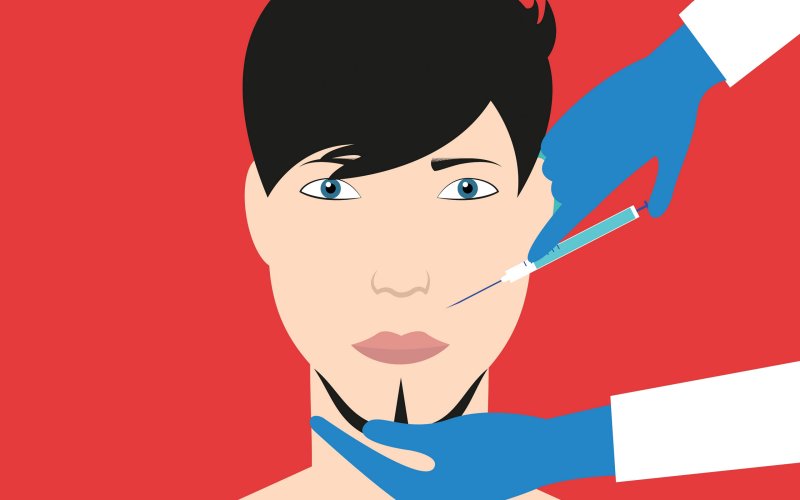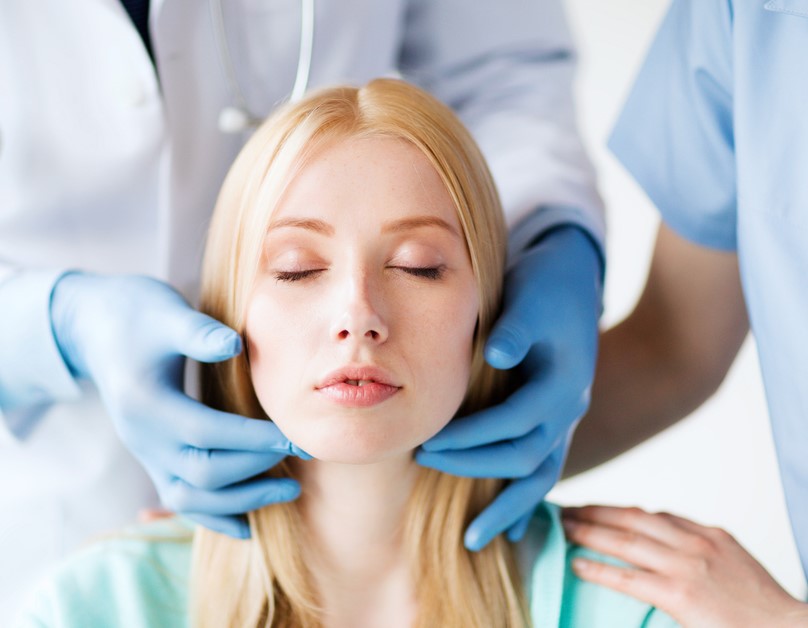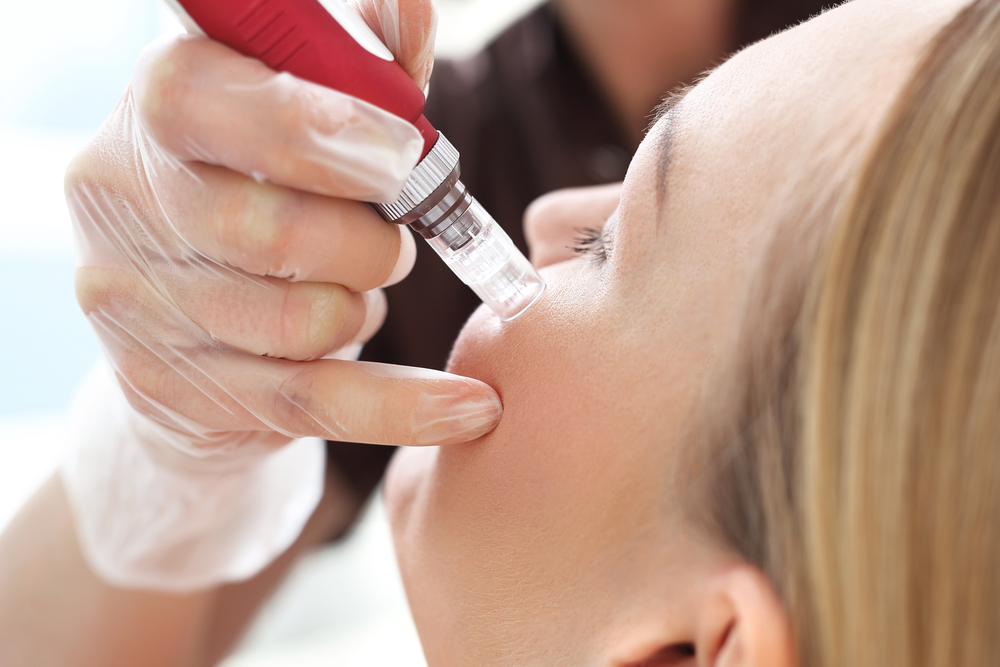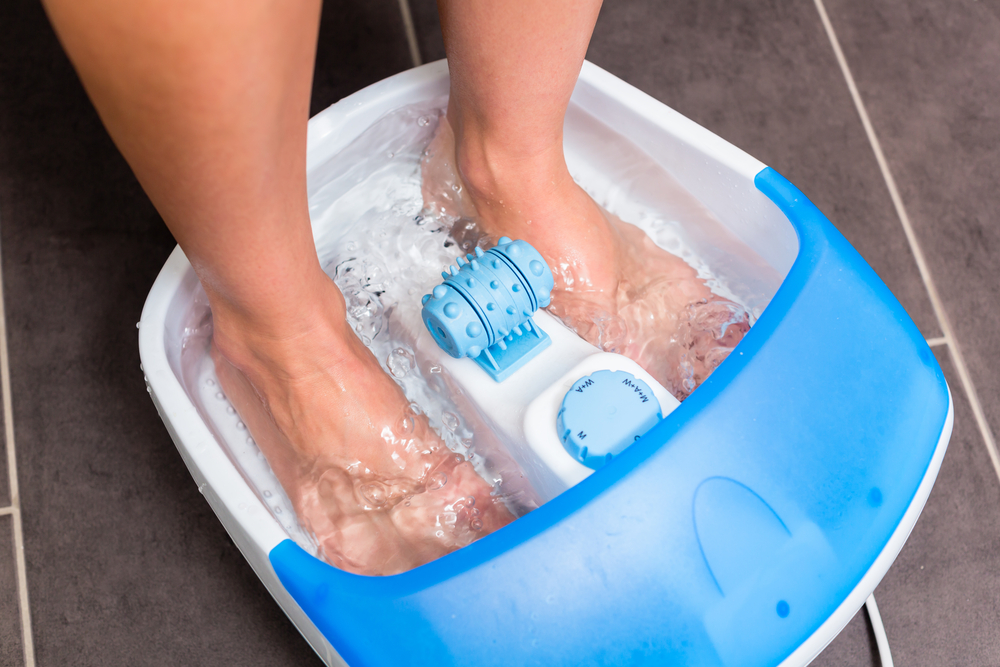- LED red light therapy beds are a recent and increasingly popular innovation with reported benefits for hair, skin, and the body.
- These beds offer a gentle and relaxing approach to skin rejuvenation, with no downtime or unwanted side effects.
- While the long-term benefits have yet to be confirmed, short-term results are significant.
Light therapy has been used as a facial treatment for some time, but the idea of exposing the entire body to the restorative and regenerative benefits of LED red light is fairly recent — and increasingly popular.
Skin care experts claim that these treatments can reverse the effects of sun exposure, stress, and the elements by stimulating collagen and elastin production.
How do LED red light therapy beds work?
Plants absorb sunlight and convert this to energy in a process called photosynthesis.
Red light therapy works in a similar fashion: the body absorbs the light and transforms it into energy, which is then used at a cellular level to build new proteins and regenerate cells.
Inside the cell, mitochondria (deemed “the powerhouse” of these cells) convert this light energy into fuel. When cells have a full tank of fuel, they can produce collagen and elastin with far greater efficiency.
“This in turn can improve fine lines associated with aging and also reduce bacterial colonization of the follicles that contribute to acne,” explains Dr. Will Richardson of Natura Dermatology and Cosmetics in Fort Lauderdale, FL.
How is an LED red light therapy bed different from a sunbed?
LED red light therapy beds are different in several important ways.
Sunbeds emit ultraviolet radiation in the form of ultraviolet A (UVA) and sometimes ultraviolet B (UVB) rays; these rays can burn skin cells, triggering melanin production.
Although you may be left with a bronzed glow after UV exposure, these rays damage skin cells, causing premature aging and skin cancer.
Red light therapy beds look very similar to tanning beds — the user reclines on a glass bed with the lid pulled down, encasing the entire body. However, that’s where the similarities end. LED red light therapy beds emit zero UV rays and are the antithesis of sunbeds, nourishing and healing the skin rather than burning and damaging it.
In short, LED red light therapy beds offer the feel-good benefits of sunlight, without any of the damage.
What are the benefits of LED red light therapy beds?
Clinical studies have established that red light and infrared light therapy is highly beneficial for facial skin, brightening and evening out skin tone, improving the appearance of fine lines and wrinkles — particularly around the eyes — and reducing the size of pores.
The reported benefits of red LED light therapy beds are diverse and include:
- Increased collagen and elastin production, resulting in smoother, plumper-looking skin
- Diminished appearance of existing scars or sun spots
- Reduced inflammation; redness and swelling are soothed by the red LED rays, making this treatment ideal for rosacea sufferers
- Improved appearance of acne-affected skin; inflammation is reduced and skin heals more quickly
- Dramatic acceleration of wound healing and lesions
- Reduced inflammation and improved blood flow providing relief of stiffness and sore joints
- Releases nitric oxide to help manage blood pressure levels
- Enhanced hair growth of almost 40% and shinier, healthier hair
Moreover, the treatment is both restful and painless: there are no needles or knives. All that is required is to lie on the bed and bask in the ruby glow of the diodes, allowing the soft red light to perform its transformative effect on your skin.
Many individuals report that a twenty minute session is very relaxing and pleasant, with some patients actually falling asleep during treatment. There is no downtime, and no redness, peeling or visible side effects.
Are these benefits backed by science?
Diverse studies have firmly established the healing potential of specific wavelengths of light.
Light that falls within the wavelength range of 650–850 nm is particularly beneficial, with this range referred to as “the therapeutic window.” LED (light emitting diode) red light therapy beds emit light within this wavelength range.
In one scientific study, researchers found that LED red light therapy offered therapeutic benefits from head to toe, improving skin tone and reducing the appearance of wrinkles.
Another study on light therapy demonstrated outcomes of decreased pain and enhanced wound healing.
Researchers have also found that red LED light can be used to significantly accelerate patient healing following blepharoplasty and ablative laser resurfacing.
How often should LED red light therapy beds be used?
The benefits of red light therapy for the face and body can be accrued through regular use.
Recommendations regarding the frequency with which the treatment should be used will be based on your skin’s individual needs and characteristics. However, many agree that ideally one session a week, over an initial period of six weeks, will significantly improve the appearance of the skin.
One session lasts between twenty and forty minutes and is performed by an aesthetician.
Some patients notice an immediate improvement in their skin complexion after their first session. Others note that their wounds appear to heal more quickly.
The extent of improvement will also depend on the current state of your skin. If you have recently lost weight, have a poor diet or have overly exposed your skin to the sun, then results may take longer and more sessions may be required. Encouragingly, continued use will result in improvements.
Are there any dangers associated with LED red light therapy beds?
One of the most appealing aspects of LED red light therapy beds is that the treatment is suitable for both light and dark skin tones, and has been linked to very few side effects.
Those which have been identified are very mild and temporary:
- Eye strain or headaches can occur as a result of the intensity and glare of the red light; use the provided eye protection during treatment, or keep eyes closed
- Overuse of LED red light therapy has been linked to mild nausea or dizziness
- Overexposure to red light may also inhibit the benefits of treatment; follow your professional’s recommendations regarding frequency
- Infrared LED light emits heat; do not exceed the number of recommended treatments to avoid burns similar to sunburn
- Skin may be more sensitive to sunlight following a session; protect your skin from sun exposure when outdoors
How much does a session cost?
LED red light therapy beds cost $150–$350 per session.
Some aesthetic clinics and beauty salons may offer package deals for a series of six or more treatments.
The bottom line: is it worth trying?
While reports show that LED red light therapy does improve skin texture and increases collagen levels, what is not certain is how long the results last.
Some long-term follow-up studies suggest these benefits may be short-lived and further research is needed to better understand the longevity of treatment.
Experts from Harvard Medical School also note that while LED red light therapy is gentle and safe, it has less dramatic effects than other light-based skin rejuvenation techniques.
For patients with severe sun damage or acne scarring, other approaches such as laser therapy may offer a more marked improvement. Some clinicians combine LED red light therapy beds with other treatments for optimal effect.
Ultimately, if you are looking for a feel-good skin treatment with proven clinical benefits and zero downtime, the advantages of basking in the ruby glow of an LED red light therapy bed cannot be contested. At the very least, you’ll emerge from “The Time Machine” feeling relaxed, refreshed, and rejuvenated.
» To find out more about the benefits of light therapy, meet our Medical Review Team.





